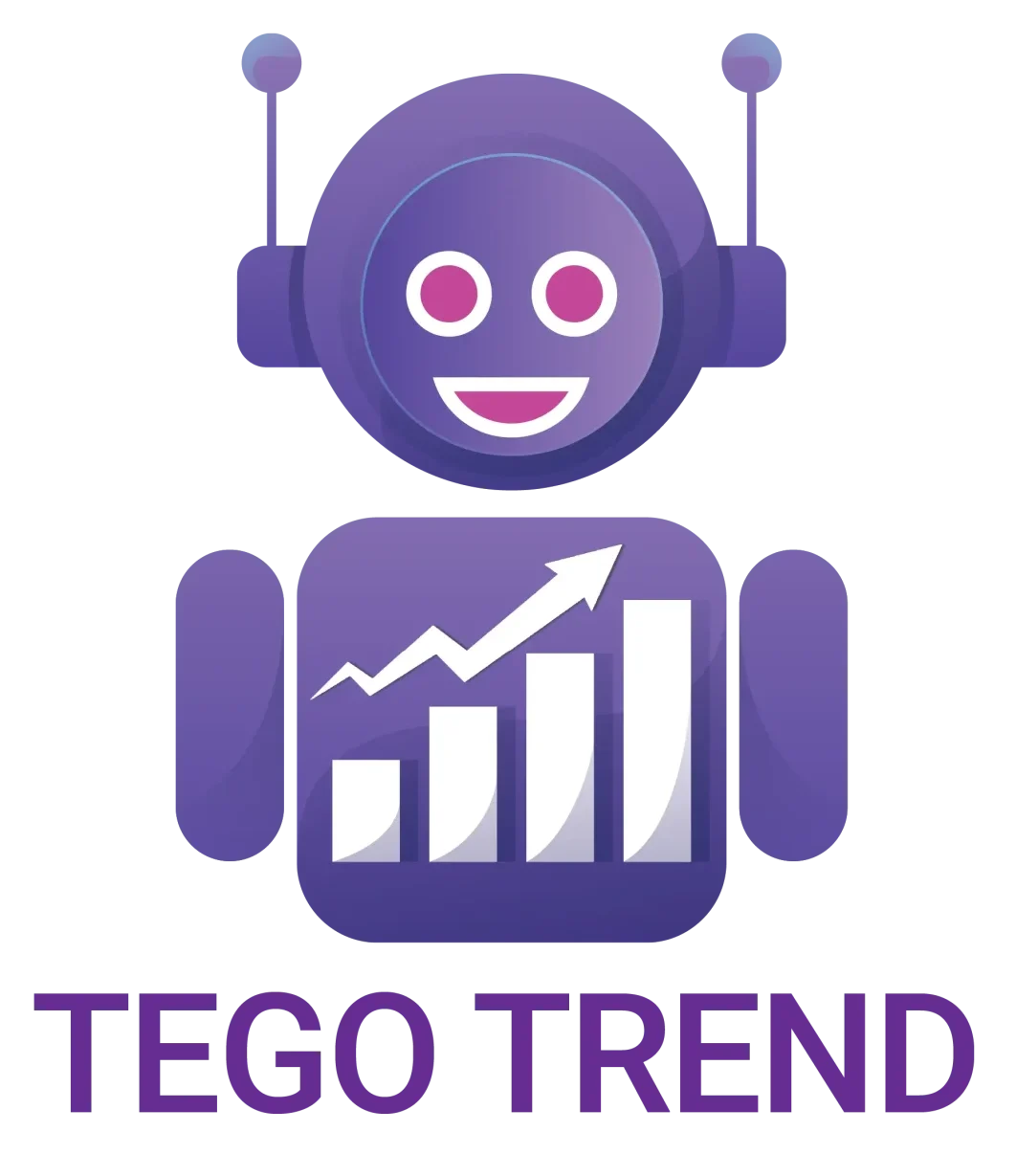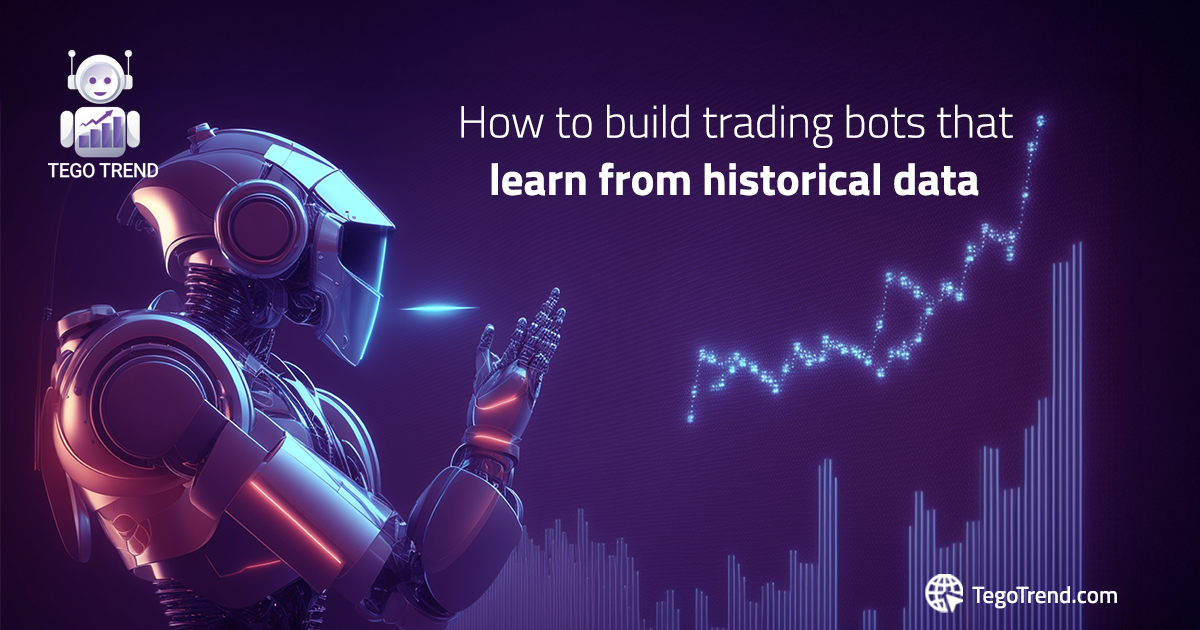How to Build Trading Bots That Learn from Historical Data
In the world of modern trading, data has become a critical foundation for developing intelligent and efficient trading systems. By integrating machine learning into the development of trading bots, it’s possible to create systems capable of learning from historical data and improving performance over time. In this article, we explore the key steps and fundamentals of building a trading bot that leverages past data to deliver more accurate results.
1. Defining the Bot’s Objective
The first step in building any intelligent bot is to define its primary function, such as:
Predicting price direction (upward/downward)
Making entry and exit decisions
Managing risk and determining trade size
Defining the objective helps in selecting the right type of data and the most suitable algorithms.
2. Collecting and Preparing Historical Data
A machine learning-based bot requires high-quality training data, including:
Open, close, high, and low prices
Trading volume
Technical indicators (e.g., RSI, MACD, Moving Averages)
Market news or economic events (optional)
3. Choosing the Right Algorithm
Based on the type of task (prediction, classification, recommendation), the appropriate algorithm is selected, such as:
Linear regression: for predicting numerical values like prices
Decision trees or random forests: for identifying buy/sell opportunities
Neural networks: for handling complex patterns
Reinforcement learning: for teaching the bot how to act in an interactive trading environment
4. Training the Model Using Historical Data
Once the data is prepared and the algorithm is selected, the model is trained by:
Feeding in a set of features (inputs)
Comparing predicted outputs with actual results
Adjusting internal weights or parameters until the model achieves optimal accuracy
5. Backtesting the Model
Before deploying the bot in a live market, it must be tested on unseen data:
Assessing profit and loss ratios
Measuring accuracy and deviations
Evaluating performance under different market conditions (trending, ranging, high volatility)
6. Running the Bot in a Demo Environment
After successful backtesting, the bot should be deployed in a simulated trading environment to mimic real market behavior without risking actual capital.
7. Continuous Improvement and Self-Learning
For optimal performance, the bot should be able to:
Update itself with new data
Retrain the model periodically
Adjust its strategies based on market changes
8. Integrating the Model with a Real Trading Platform
The final step is to connect the model to a live trading platform such as MetaTrader or Binance API, allowing it to:
Receive real-time data
Execute orders instantly
Monitor and manage trades automatically
Conclusion
Building a trading bot that learns from historical data is not merely a coding task; it’s a comprehensive system that combines artificial intelligence, data analysis, and deep financial market understanding. With gradual development and testing, these bots can outperform traditional manual trading in terms of speed, accuracy, and consistency.


